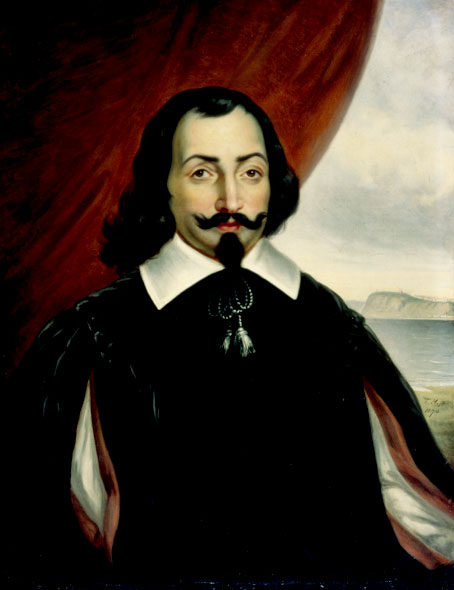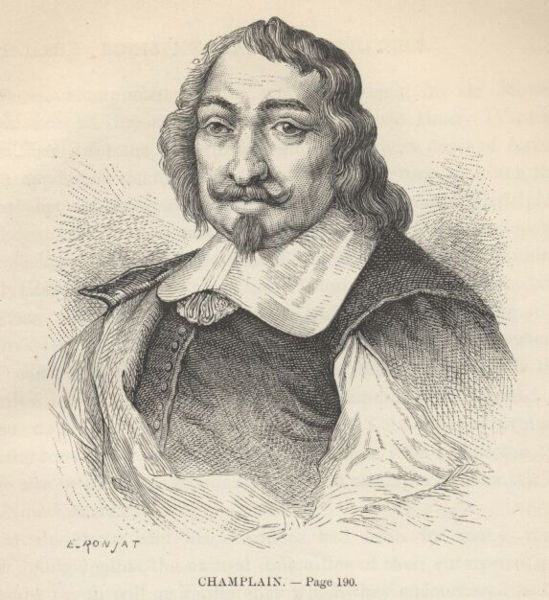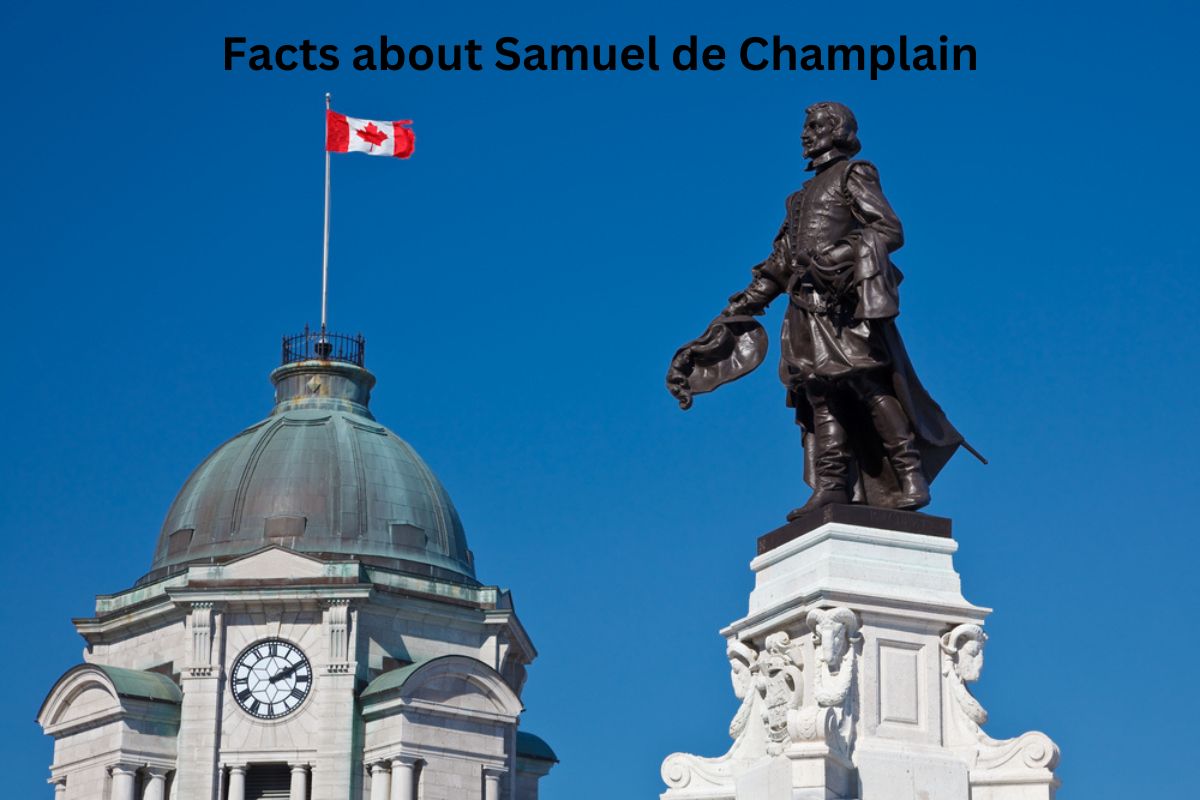Samuel de Champlain, a pivotal figure in the exploration and colonization of North America, was born around 1567 in Brouage, France.
As the “Father of New France,” Champlain’s legacy is defined by his founding of Quebec City in 1608, a strategic settlement that laid the groundwork for French influence in the region.
His alliances with Indigenous groups, cartographic skills, extensive explorations, and contributions to the fur trade have left an enduring impact on the histories of both Canada and the United States.
Champlain’s life and achievements offer a glimpse into the intricate interplay between exploration, diplomacy, and cultural exchange during the early stages of North American colonization.
Samuel de Champlain Facts
1. Born around 1567 in Brouage, France
Samuel de Champlain’s exact birthdate is not known, but he was likely born around 1567 in the coastal town of Brouage, located in southwestern France.
Also Read: Samuel de Champlain Accomplishments
Brouage was an important harbor and trading center during Champlain’s time. He came from a middle-class family and displayed an early interest in exploration and navigation.

2. Founder of Quebec City in 1608
One of Champlain’s most significant achievements was the founding of Quebec City in 1608. As an explorer, he recognized the strategic importance of the location along the St. Lawrence River.
Champlain’s goal was to establish a permanent French presence in the New World, and Quebec City became the center of this effort. The settlement served as a trading post, military stronghold, and administrative center for New France.
3. Lake Champlain is named after him
Champlain’s explorations extended beyond land, and he made important contributions to the mapping of the region’s waterways. During his travels, he encountered a large freshwater lake, which he called “Corlaer’s Lake” after an Iroquois chief he met.
However, over time, this lake came to be known as Lake Champlain in honor of the explorer. Lake Champlain is a natural boundary between the states of Vermont and New York in the United States, as well as the province of Quebec in Canada.
4. Forged alliances with Indigenous groups like Algonquin and Huron
Champlain recognized the importance of building alliances with Indigenous peoples in the areas he explored. He formed strong alliances with groups such as the Algonquin and Huron.
These alliances were strategic, as they provided him with support, knowledge of the land, and assistance in navigating the challenges of the North American wilderness.
The alliances also allowed Champlain to establish a foothold in the fur trade, a significant economic venture in the region.
5. Skilled cartographer, made detailed maps
Champlain’s skills as a cartographer were instrumental in documenting his explorations and shaping European understanding of North American geography.
He created detailed maps that depicted coastlines, rivers, lakes, and other geographic features with remarkable accuracy considering the technology available at the time.
His maps were essential for navigation and exploration and were widely used by subsequent explorers and settlers.

6. Explored from Nova Scotia to the Mississippi River
Champlain’s explorations spanned a vast area of North America. He traveled extensively, exploring regions from present-day Nova Scotia along the Atlantic coast to the Great Lakes and even down to the area near the Mississippi River.
His explorations were not limited to a single area but covered a wide range of territories, contributing to a broader understanding of the continent’s geography.
7. Held the title “Sieur de Champlain”
The title “Sieur de Champlain” denoted Champlain’s noble status as a landowner. While not of noble birth, Champlain was granted this title due to his contributions as an explorer, navigator, and cartographer.
This title elevated his social standing and also helped him secure financial and logistical support for his expeditions from influential figures in France.
8. Played a role in the North American fur trade
Champlain recognized the economic potential of the fur trade in North America. He established relationships with Indigenous groups involved in the fur trade, including the Algonquin and Huron, and facilitated the exchange of European goods for valuable furs.
This trade became a significant economic activity in the region and played a key role in the development of New France’s economy.
9. Documented his travels in “Voyages”
Champlain chronicled his explorations, observations, and experiences in a series of writings collectively known as “Voyages.”
These writings provide valuable insights into his interactions with Indigenous peoples, his mapping efforts, and the challenges he faced during his expeditions. Champlain’s detailed accounts offer a window into the early European exploration of North America.
10. Legacy in Canada and the United States, shaping their history
Samuel de Champlain’s legacy is felt strongly in both Canada and the United States. His exploration and establishment of Quebec City laid the foundation for the French presence in North America, influencing the cultural, linguistic, and geographic landscape of these countries.
The city of Quebec continues to be a testament to his impact, and his efforts helped shape the early interactions between European settlers and Indigenous communities.
